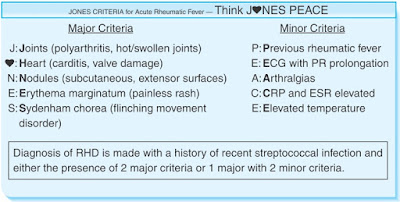Cephalosporin antibiotics, classification and using.
Cephalosporin Antibiotics Classification
keywords:cephalosporins, beta-lactam antibiotics, antibiotic classification, MRSA treatment, gram-positive bacteria, gram-negative bacteria, skin infections, respiratory infections, ceftriaxone, cefazolinCephalosporin antibiotics are the largest and most diverse group of beta-lactam antibiotics. They are classified into five generations, with some cephalosporins not assigned to a specific generation.
Uses of Different Generations:
First Generation:
- Uncomplicated skin and soft-tissue infections, uncomplicated urinary tract infections, streptococcal pharyngitis, surgical prophylaxis.
- First-generation cephalosporins do not penetrate well into cerebrospinal fluid and are not suitable for CNS infections. They are NOT indicated for otitis media.
Examples: Cefazolin, Cephalexin
- Upper and lower respiratory tract infections, acute sinusitis, otitis media, uncomplicated urinary tract infections.
- Cephamycins are useful for mixed aerobic/anaerobic infections of the skin and soft tissues, intra-abdominal and gynecologic infections, and surgical prophylaxis.
- Second-generation cephalosporins do not cross the blood-brain barrier and are NOT used for CNS infections.
Examples: Cefaclor, Cefuroxime
- Gram-negative bacillary meningitis, serious infections caused by Enterobacteriaceae, upper respiratory tract infections, otitis media, pyelonephritis, skin and soft-tissue infections.
- Ceftriaxone is indicated for Lyme disease and gonorrhea.
- Cefotaxime, ceftazidime, ceftriaxone, ceftizoxime, and moxalactam have excellent penetration into cerebrospinal fluid.
- Enterobacter species may develop resistance during cephalosporin therapy, so cephalosporins are not preferred for Enterobacter infections.
Examples: Cefotaxime, Ceftriaxone
Anti-Pseudomonal Cephalosporins (Third Generation):
- Ceftazidime (Fortaz, Tazicef, Tazidime) and Cefoperazone (Cefobid) are third-generation cephalosporins with antipseudomonal activity.
- Spectrum of activity:
- Main indication: Pseudomonas aeruginosa.
- Gram-negative bacteria: Enterobacteriaceae covered by third-generation agents.
- Poor activity against gram-positive cocci.
Fifth Generation:
- Ceftaroline fosamil (Teflaro) and ceftobiprole (Zeftera, Zevtera).
- Ceftaroline: Unique for its activity against multidrug-resistant Staphylococcus aureus, including MRSA, VRSA, and VISA. It is the ONLY beta-lactam with MRSA activity and is also effective against Enterococcus.
- Ceftobiprole: A broad-spectrum cephalosporin active against gram-positive cocci (including MRSA, methicillin-resistant Staphylococcus epidermidis [MRSE], penicillin-resistant Streptococcus pneumoniae, and Enterococcus faecalis) and many gram-negative bacilli (including AmpC-producing E. coli and Pseudomonas aeruginosa). It is studied for complicated skin and skin-structure infections.



